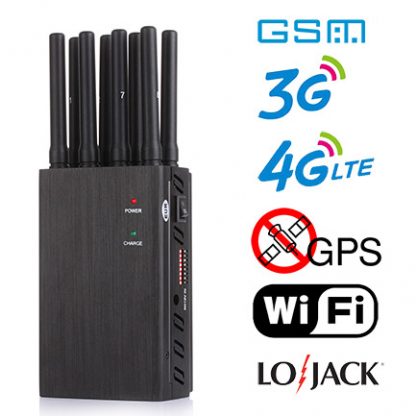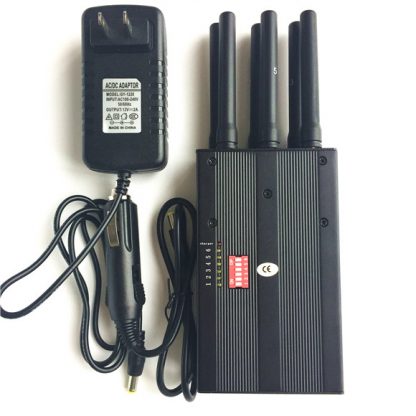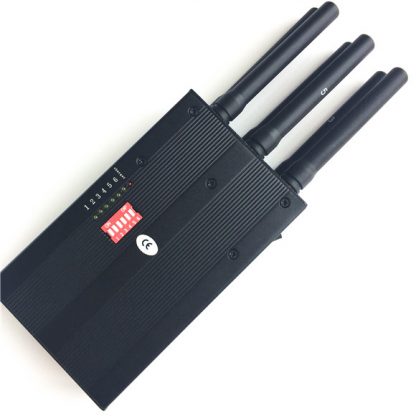The history of the fourth generation network(LTE) began on December 14, 2009, when two Swiss telecommunications companies Telia-Sonera(one of the leaders in the cellular market in Sweden and Finland) and Ericsson(a manufacturer of telecommunications equipment) announced the launch of the first official commercial network of 4G standard(LTE) in Stockholm and Oslo. Another significant event for the 4G network was the recognition of its new fourth-generation wireless standard, the International Telecommunication Union at the end of 2010. In the UK and many other European countries, 4G networks have also been actively developing.
The main objectives of the LTE network are:
1. The increase in speed capabilities of mobile data transmission systems.
2. An increase in the range of services due to fast data.
3. Reducing the cost of mobile data.
Currently, some of the largest telecommunication companies, such as: Networks, Alcatel-Lucent, Siemens, Nokia, etc., are developing LTE networks. The claimed characteristics of the new generation network are impressive, the data transfer rate can reach 326Mbit/s when receiving and 172Mbit/s when transmitting. The declared radius of the work was also released when transmitting data, so, it is a tower, depending on the power and frequency used, can transmit data over distances from 5 to 100km.
The main differences between the 4G network and 3G network are:
– significantly increased speed
– more efficient use of the frequency spectrum
– reduced delay when sending data packets
LTE is already more and more like a cable connection than on a 3G network, due to its low response time(less than 50m/s) and high speed. By the way, there are other little-known 3G-based mobile communications. In the course of analysis by specialists from analytical companies of the new generation network, they calculated that when LTE is introduced into the masses, the cost of data transfer will decrease by 6 times, when compared with the 3G network, which will reduce the cost for ordinary users. Also, with an increase in data transfer speed, the range of multimedia and entertainment services offered (for example, mobile TV) will also increase, which will become a new niche for operators to earn. However, the profit from ordinary calls will also decrease, as for saving, people will use the services of free IP-telephony.
Let’s put it simply, when the data transfer speed increases, the quality of services provided by mobile operators immediately rises, which greatly contributes to the development and distribution among large masses of users, making tasks for mobile networks more feasible and affordable.
However, there are also disadvantages in the network of a new generation. The developers focused on data transfer speed, but forgot to think about security and the network did not receive decent protection. There are already many user reviews that their confidential information(transmitted data, conversations, etc.) is easy to be intercepted and used at other people’s discretion, using all possible bugs and other listening devices that support working with the new standard. And due to the high speed and excellent quality of data transfer, such intercepts will be very difficult to track. Therefore, developers and specialists advise, if you do not want your confidential information to fall into the wrong hands and not harm both you and your business, use 4G cell phone jammers that support work with new generation networks(LTE). Today, one of the best online stores that specializes in these devices is our Jammer2UK.com . We are ready to give you advice and an answer to any of your questions regarding the selection and configuration of the jamming equipment.


